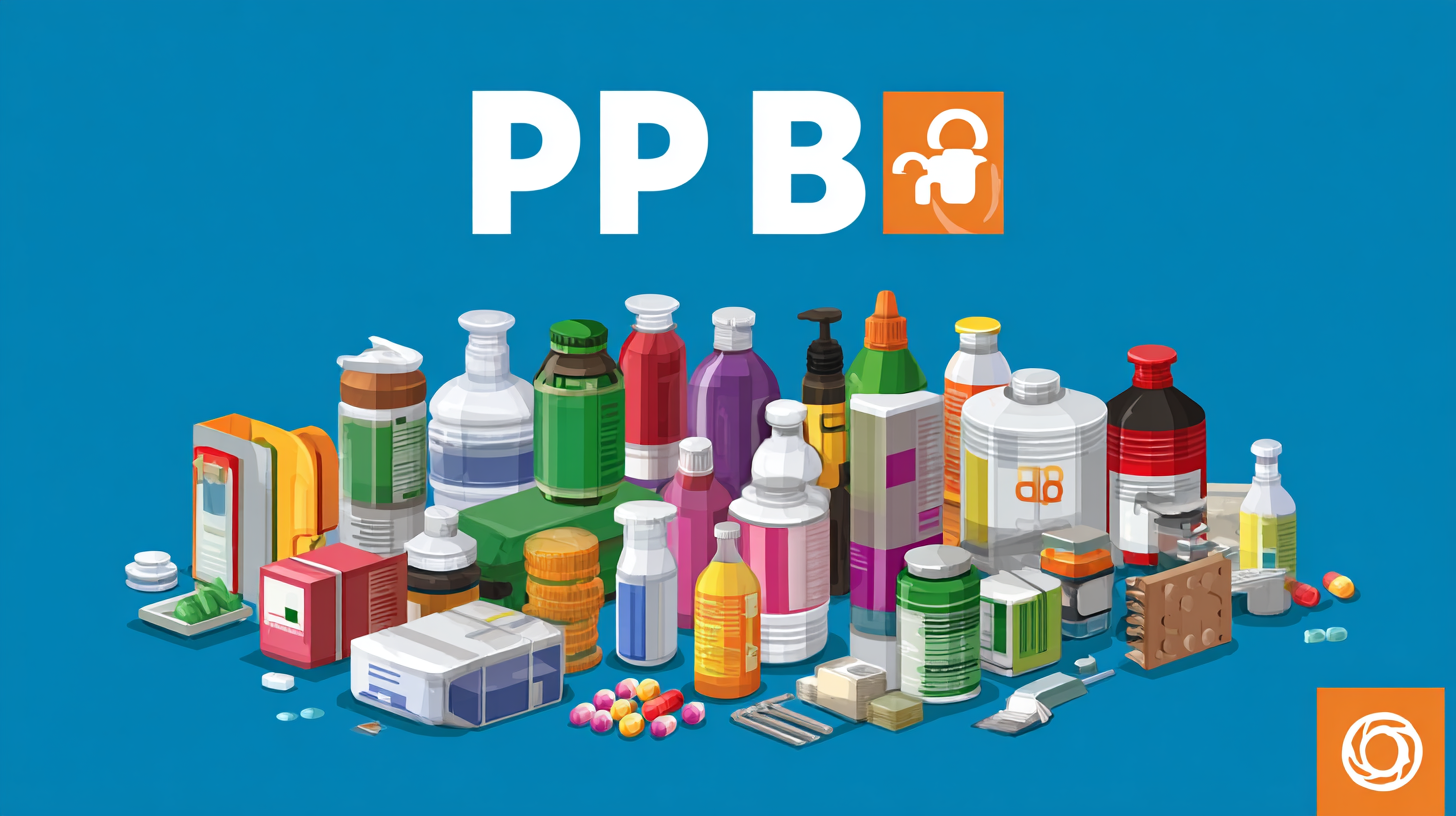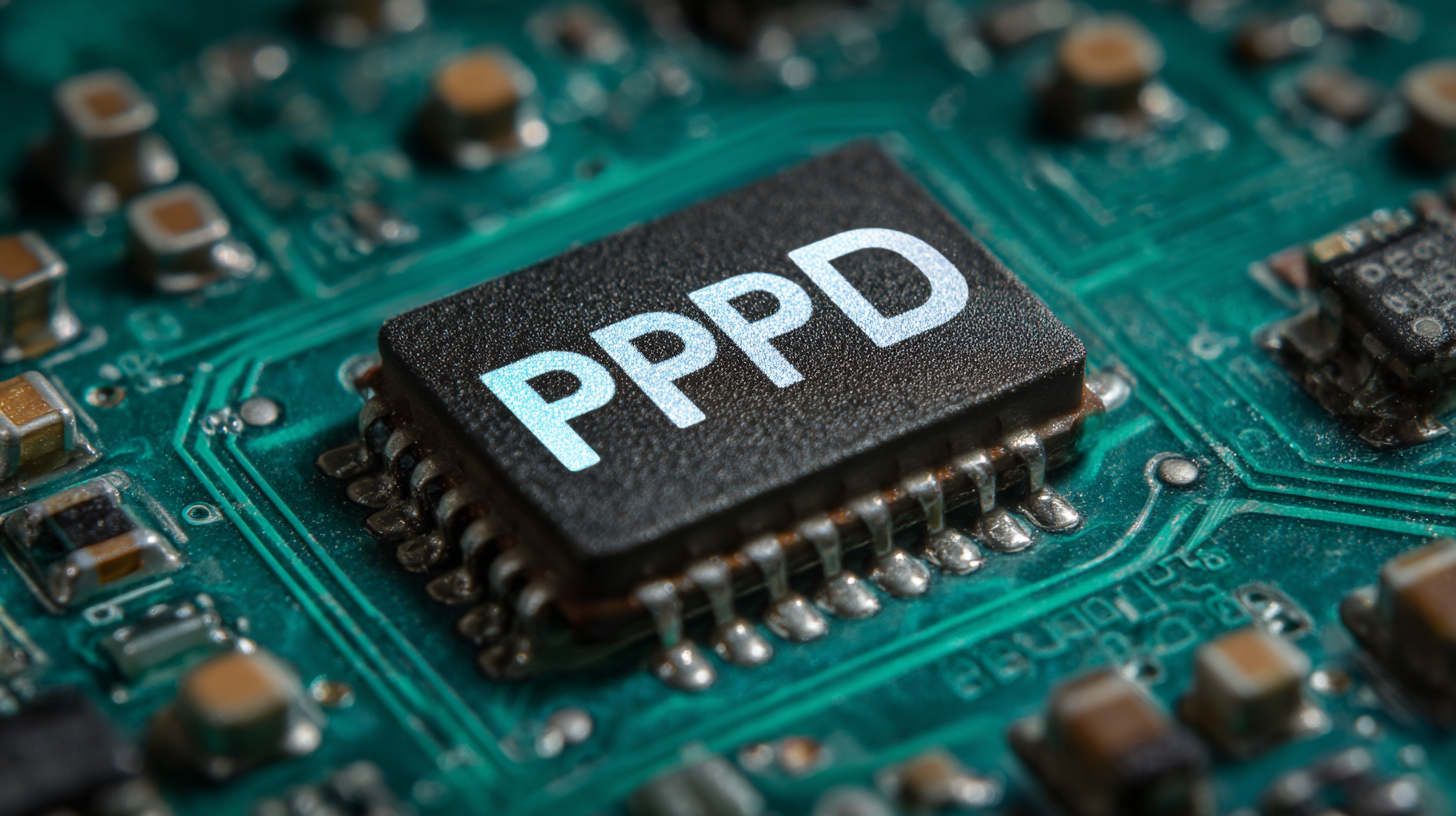


The versatility and durability of Pp Board have made it an increasingly preferred choice in various industries, particularly in packaging and display materials. According to a recent market research report by Grand View Research, the global polypropylene (PP) market size is expected to reach USD 244.4 billion by 2027, growing at a compound annual growth rate (CAGR) of 5.2%. This remarkable expansion is largely driven by the growing need for lightweight yet resilient materials that offer excellent chemical resistance and sustainability features.

However, there are several challenges associated with Pp Board usage that cannot be overlooked, including issues related to its thermal stability and recycling processes. As professionals in the field, it is crucial to explore these technical specifications and usage guidelines to ensure the optimal performance of Pp Board products, addressing both the advantages and the prevalent problems encountered in practical applications.
PP board, or polypropylene board, is a versatile material that has gained popularity across various industries due to its unique properties. Known for its lightweight yet durable composition, PP board is resistant to moisture, chemicals, and impacts, making it an ideal choice for both indoor and outdoor applications. This non-toxic material comes in various thicknesses and colors, allowing for customization based on specific project needs. Additionally, its ease of fabrication means it can be easily cut, folded, and printed on, adding to its appeal for creative and industrial uses alike.
One of the key benefits of PP board is its recyclability, which positions it as a sustainable option in an era where environmental concerns are increasingly important. Unlike many traditional materials, PP board can be easily recycled, reducing waste and promoting a circular economy. Furthermore, its superior performance in terms of durability and longevity ensures that products made with PP board can withstand the test of time, proving to be cost-effective in the long run. As awareness of its advantages continues to grow, more businesses are integrating PP board into their operations, recognizing it as a reliable and eco-friendly solution.

When it comes to choosing the best PP board products, it’s crucial to understand the strengths and weaknesses of various leading brands. Some brands excel in durability and weather resistance, making them perfect for outdoor applications. For instance, Brand A offers a range of PP boards that are UV resistant, which is a significant advantage for users needing long-lasting materials in direct sunlight. On the other hand, Brand B is known for its lightweight options, making them ideal for portable setups and easy transportation, but they may lack the robust sturdiness required for high-load applications.
**Tip:** Always consider the specific application of the PP board before making a purchase. Whether you prioritize weather resistance or lightweight design, identify your primary needs first to make an informed decision.
Additionally, some brands may have higher price points, which could affect budget constraints. Brand C might provide exceptional flexibility and color options, but it is priced at a premium. However, you could find alternatives at lower costs from Brand D, which offers good quality but may not have the extensive color range.
**Tip:** Don’t overlook customer reviews and testimonials when evaluating brands. They can provide insight into real-world usage and help you avoid potential pitfalls.
When selecting quality PP board products, it's essential to understand the technical specifications that can significantly impact their performance and durability. One of the key factors to consider is the thickness of the board. Thicker boards typically provide better rigidity and are less prone to bending or breaking under stress. Look for boards with a thickness that matches the intended application, whether for signage, packaging, or construction.
Another important specification is the board's density, which affects both its weight and strength. Higher density PP boards tend to offer improved impact resistance, making them a perfect choice for demanding environments. Additionally, consider the temperature resistance of the product. Opt for PP boards that can withstand a range of temperatures to ensure they perform well in various conditions.
Tips: When evaluating PP board products, always check for certifications or industry standards that confirm their quality. Conducting a visual inspection for any imperfections can also save you from future headaches. Finally, remember to inquire about the manufacturer's warranty or return policy; a reputable manufacturer should stand behind their product quality.
 Polypropylene (PP) board, known for its durability and lightweight characteristics, has found a myriad of applications across various industries. According to a report by Grand View Research, the global polypropylene market size was valued at USD 109.6 billion in 2021 and is expected to expand at a CAGR of 5.4% from 2022 to 2030. This growth is largely driven by the material's versatility, particularly in packaging, automotive, and construction sectors. In packaging, PP boards are extensively used for creating boxes and bins due to their resistance to moisture and chemicals, which enhances product safety and longevity.
Polypropylene (PP) board, known for its durability and lightweight characteristics, has found a myriad of applications across various industries. According to a report by Grand View Research, the global polypropylene market size was valued at USD 109.6 billion in 2021 and is expected to expand at a CAGR of 5.4% from 2022 to 2030. This growth is largely driven by the material's versatility, particularly in packaging, automotive, and construction sectors. In packaging, PP boards are extensively used for creating boxes and bins due to their resistance to moisture and chemicals, which enhances product safety and longevity.
In the automotive industry, PP boards are increasingly utilized as substitutes for traditional materials, contributing to weight reduction and improved fuel efficiency. A study by the Automotive Plastics Market indicates that nearly 20% of vehicle weight can be saved by using lightweight polymer materials like PP. Moreover, the construction sector is adopting PP boards for temporary structures and as part of composite materials, acknowledging their resistance to UV rays and robustness. The solid performance of polypropylene across these domains not only showcases its inherent qualities but also highlights the growing demand for sustainable and efficient materials in modern industrial practices.
When selecting the right PP (Polypropylene) board for your project, it’s essential to consider several factors that align with your specific needs. First and foremost, assess the thickness and density of the board. Thicker boards generally provide better durability and are suitable for heavy-duty applications, while thinner options may be ideal for lightweight or temporary uses. Additionally, consider the board’s surface finish: a smooth finish is beneficial for printing and laminating, whereas a textured surface provides better grip and is often used for more practical applications.
Another critical aspect to take into account is the environmental conditions the board will face. If your project will be exposed to moisture or chemicals, opt for a PP board that is specifically designed to withstand harsh conditions. Furthermore, think about the intended use—whether it's for signage, packaging, or crafting—each application might require distinct properties such as UV resistance or ease of cutting. By evaluating these features, you ensure that you choose a PP board that not only meets your practical requirements but also enhances the longevity and effectiveness of your projects.